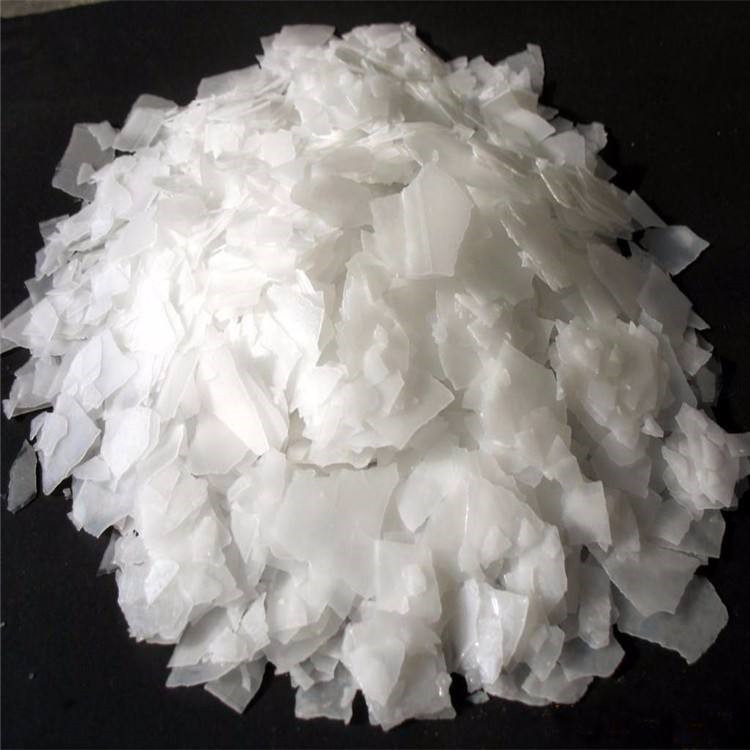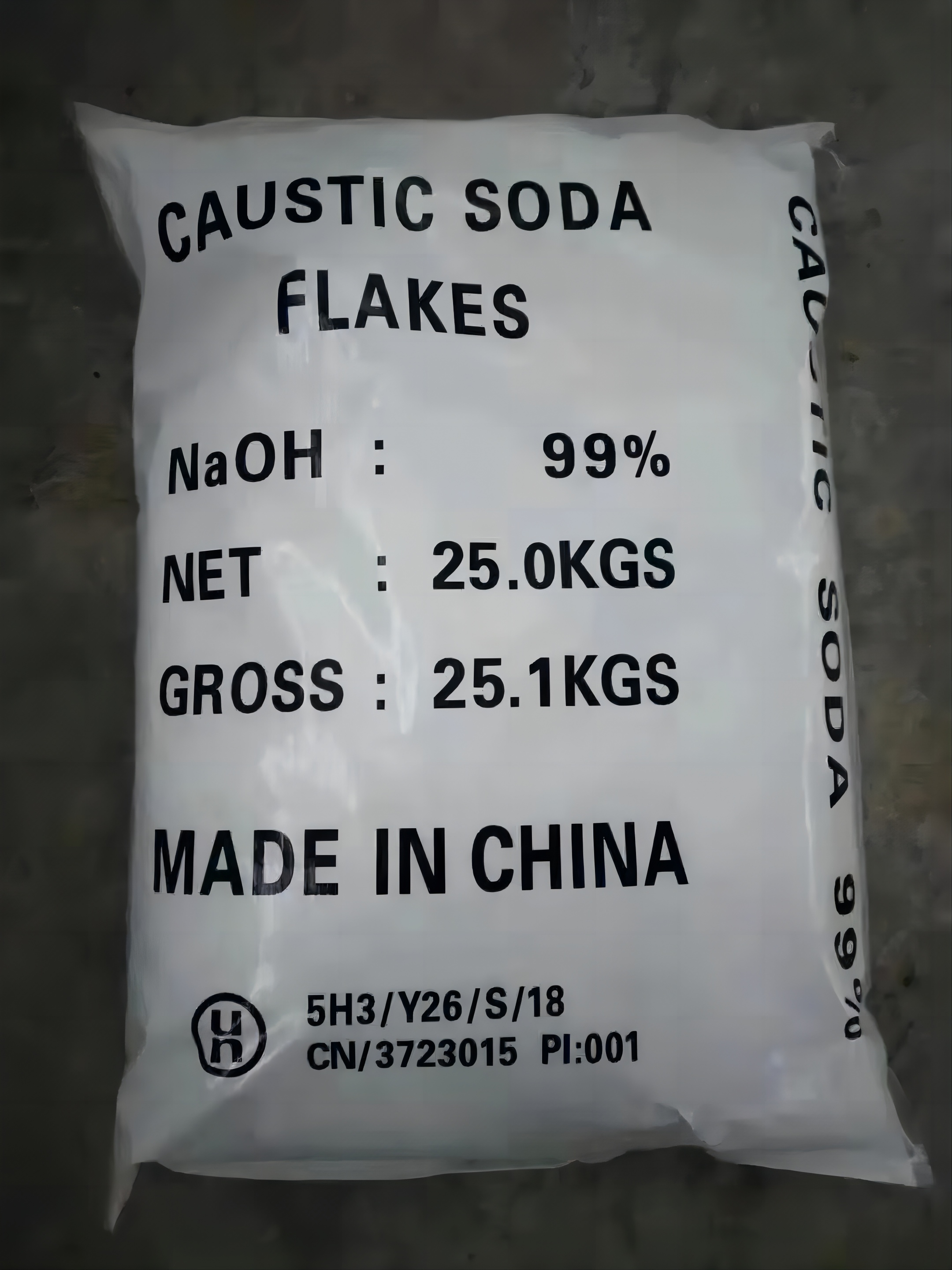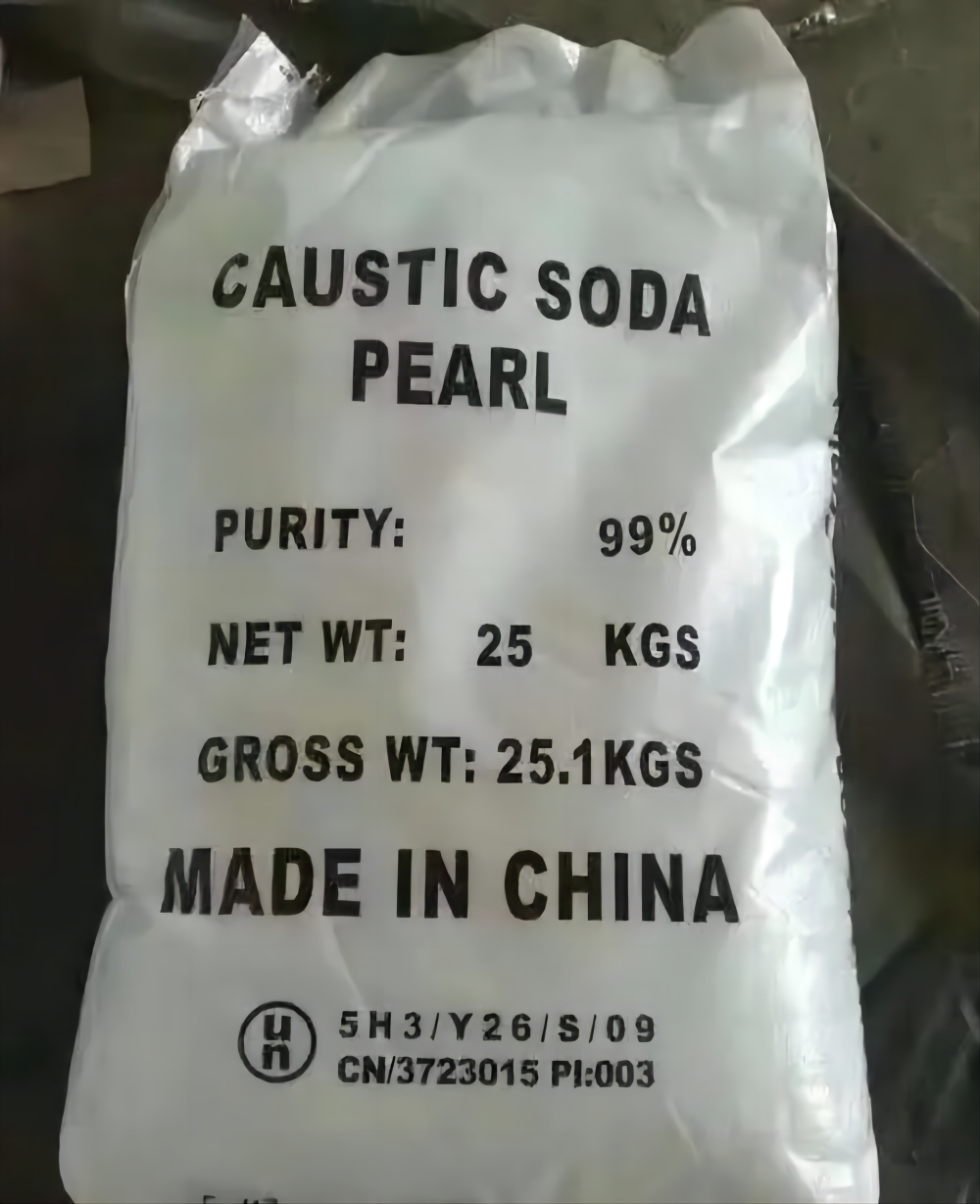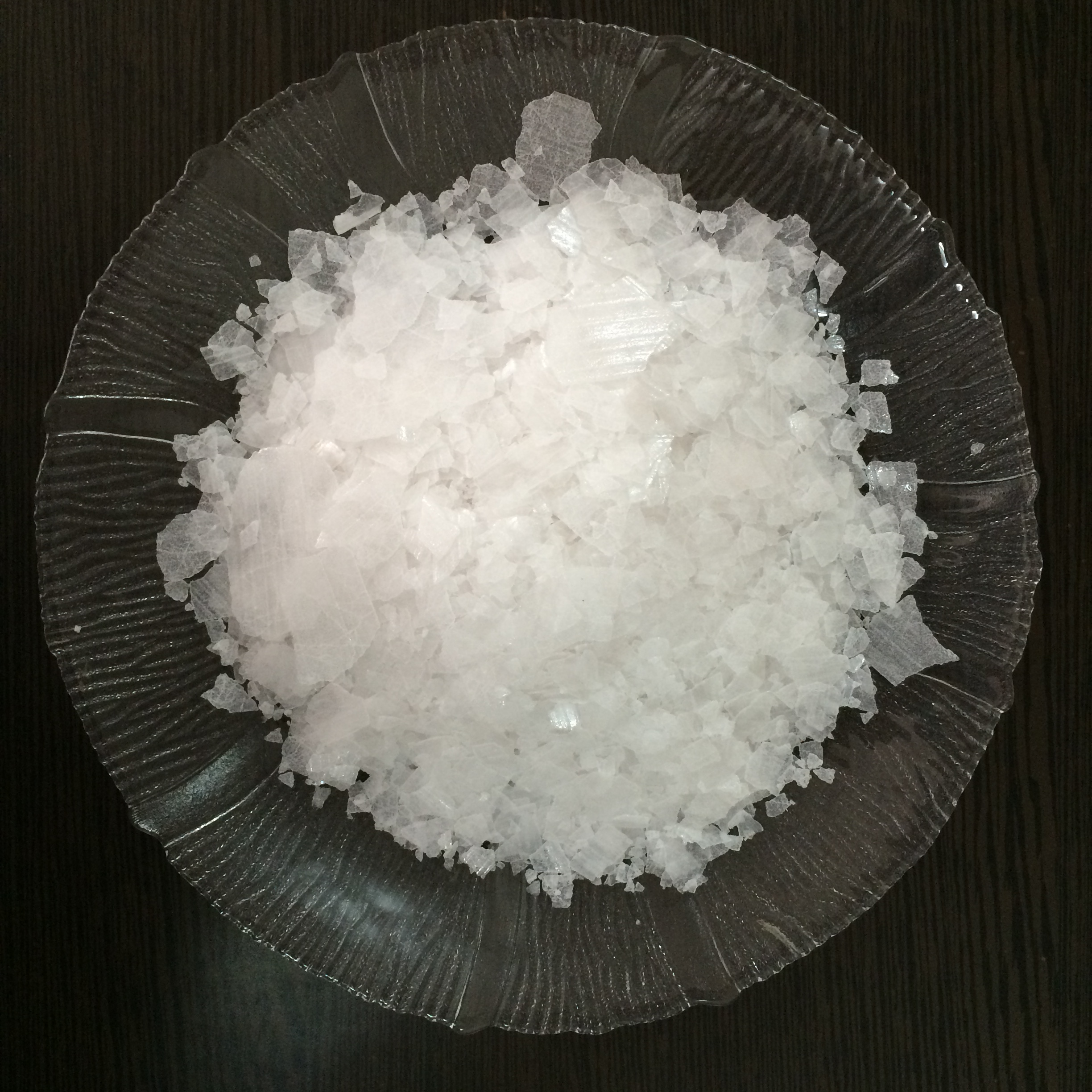




Caustic Soda
Sodium hydroxide (Sodium hydroxide), also known as caustic soda, caustic soda, caustic soda, caustic soda, is an inorganic compound, the chemical formula NaOH, the relative molecular weight of 39.9970. Sodium hydroxide has a strong alkaline, extremely corrosive, can be used as acid neutralizer, with masking agent, precipitating agent, precipitation masking agent, color development agent, saponification agent, peeling agent, detergent, etc., the use is very wide. There are two types of alkali, flake and pearl.
Sodium hydroxide has a corrosive effect on fibers, skin, glass, ceramics, etc., and will release heat when dissolved or diluted in concentrated solution. The neutralization reaction with inorganic acid can also produce a lot of heat and generate the corresponding salts. React with aluminum and zinc, non-metallic boron and silicon to release hydrogen; Disproportionation reaction occurs with halogens such as chlorine, bromine and iodine. Can precipitate metal ions from aqueous solution to become hydroxide; It can make the oil saponification reaction, generate the corresponding organic acid sodium salt and alcohol, which is the principle of removing the oil on the fabric.
- For the production of paper making and cellulose pulp; It is used in the production of soap, synthetic detergent, synthetic fatty acids and the refining of animal and vegetable oils.
- The textile printing and dyeing industry is used as desizing agent, boiling agent and mercerizing agent for cotton cloth. The chemical industry is used to produce borax, sodium cyanide, formic acid, oxalic acid, phenol and so on. The petroleum industry is used to refine petroleum products and in oilfield drilling mud. It is also used in the surface treatment of alumina, zinc and copper, as well as in glass, enamel, tanning, medicine, dyes and pesticides. Food grade products are used in the food industry as acid neutralizer, peeling agent for citrus, peaches, etc., and detergent for empty bottles, empty cans and other containers, as well as decolorizing agent and deodorizing agent. Widely used basic analytical reagents. Standard lye for preparation and analysis. A small amount of carbon dioxide and water absorbent. Neutralization of acid. Sodium salt manufacturing. Widely used in papermaking, chemical industry, printing and dyeing, medicine, metallurgy (aluminum smelting), chemical fiber, electroplating, water treatment, tail gas treatment and so on. [10-11] 7. Used as neutralizer, compound masking agent, precipitating agent, precipitation masking agent, thin layer analysis method to determine the color of ketosterols. Used for sodium salt preparation and saponification agent. Used in the manufacture of various sodium salts, soap, pulp, finishing cotton fabrics, silk, viscose fiber, rubber products regeneration, metal cleaning, electroplating, bleaching and so on. 8. In cosmetic creams, the saponification of this product and stearic acid plays the role of emulsifier, which is used to make snow cream, shampoo, etc.



